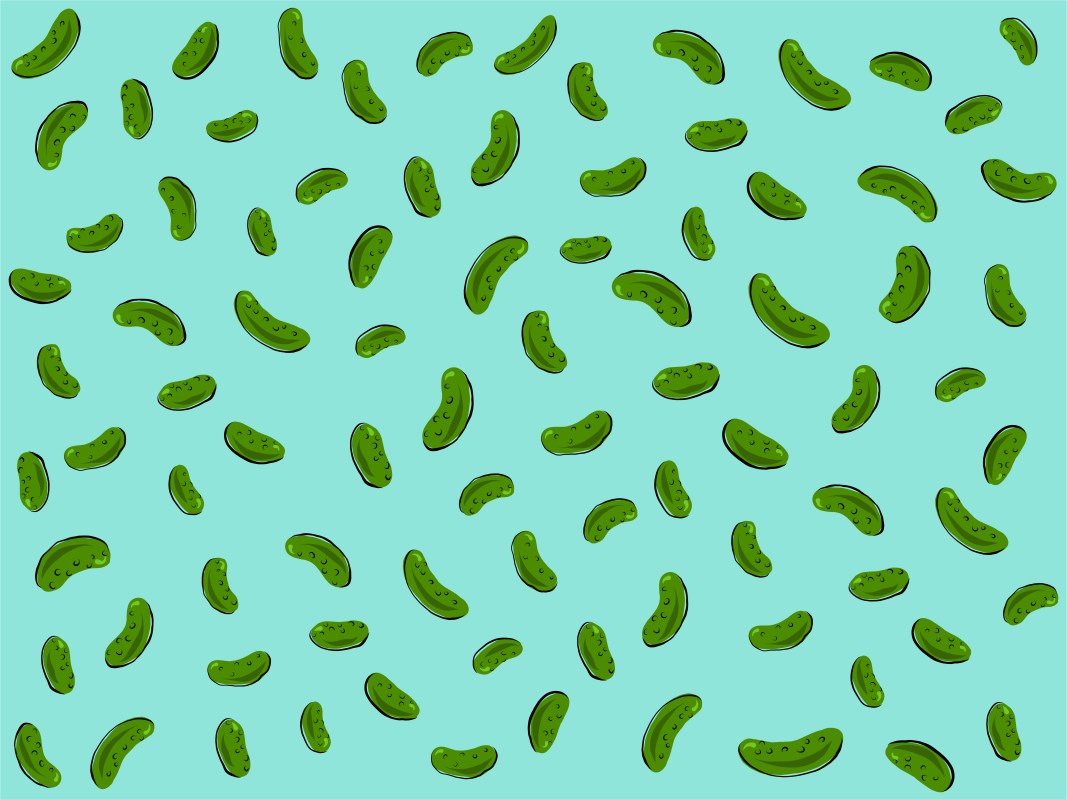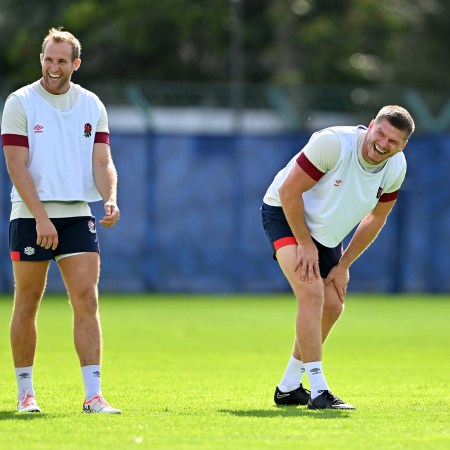After a run and hot yoga class, I dragged my wrung-out body to a nearby Potbelly Sandwich Shop for a much-needed turkey sub. Call it divine intervention, but something compelled me in that moment to order an impulse pickle. Actually, it was more of a brine intervention.
I walked home crunching on a big, crisp whole pickle — an underappreciated on-the-go snack, and an even more underrated post-workout treat. By the time I got home, the fermented phallus had completely upstaged my main course.
Eat Your Veggies? We (Probably) Know How You Voted.
America is more polarized than ever — down to how we stock our fridgesA Favorite of Pro Athletes
The good news is that registered dietician Alicia Harper assured me that none of this was that weird. After a strenuous workout, our bodies lose a lot of electrolytes like sodium, potassium and magnesium, and pickle juice contains all of the above. So craving a giant deli pickle makes total sense. In fact, there is scientific evidence that pickle juice can rehydrate the body and relieve muscle cramping even faster than water.
“I would say that pickle juice is helpful in replenishing electrolyte levels more quickly, making it an attractive post-workout drink,” Harper told me.
I had heard of pickle juice as a hangover remedy before, but never as a post-workout recovery hack. However, professional athletes like tennis player Frances Tiafoe reportedly swear by the fermented liquid, and hockey player Blake Coleman’s nickname is “Pickles” for this reason.
The brine works similarly in athletic and heavy drinking contexts. The same electrolytes you crave after a sweaty workout “can come to the rescue during a nasty hangover, helping you bounce back,” Harper explained.
Pickle Juice >
The bad news is that in order to tap into the full recovery potential of pickles, you are better off drinking the juice instead of chomping a gherkin.“While eating actual pickles will help deliver some of these benefits, the athlete will end up consuming less of the juice, therefore, less of the benefits,” Marley Bigos, a Los Angeles-based Barry’s instructor and NASM certified Nutrition Coach, said. It’s basically like doing a pickleback, but you’re replacing the whiskey with intense exercise that makes you want to throw up.
To be fair, fermented foods in general have been found to support weight management and healthy metabolic functioning, and pickles are no exception. But it’s worth noting that not all pickle juices are created equal, and Bigos and Harper recommend avoiding any pickles with added sugars or dyes.
BYOP
After pushing myself through a 45-minute HIIT workout a few days later, I reached in my fridge for a jar of Milwaukee Baby Kosher Dills, and read the label: Yellow 5, an artificial food dye. Considering how much Mountain Dew I had consumed in my youth, I held off on doing shots of this pickle juice. Although more expensive brands offer cleaner options, the most cost-effective way to reap these benefits is by pickling your own vegetables — an easy set-it-and-forget-it type of food prep that requires little beyond cucumbers, a jar, vinegar and water.
As a Midwesterner accustomed to eating giardiniera, the idea of pickling appealed to me, but I still could not imagine drinking the juice. And when it comes to health, it’s important to have attainable goals. Ordering a large pickle from a glass jar at a deli after a long workout is a habit I can stick to, even if the recovery benefits are slightly less than chugging the juice. If I have to eat more pickles to make up for this, so be it. Where there’s a dill, there’s a way.
Whether you’re looking to get into shape, or just get out of a funk, The Charge has got you covered. Sign up for our new wellness newsletter today.

























